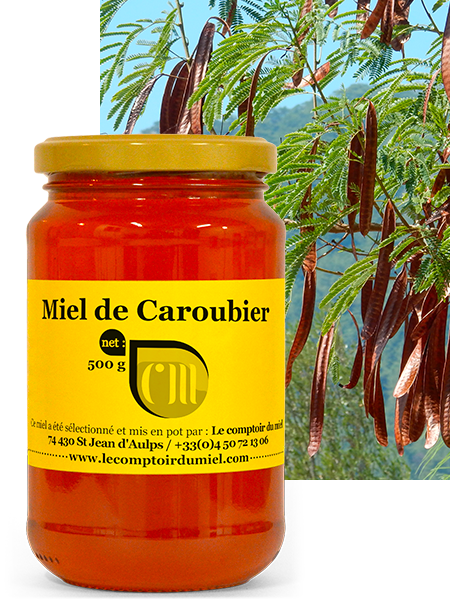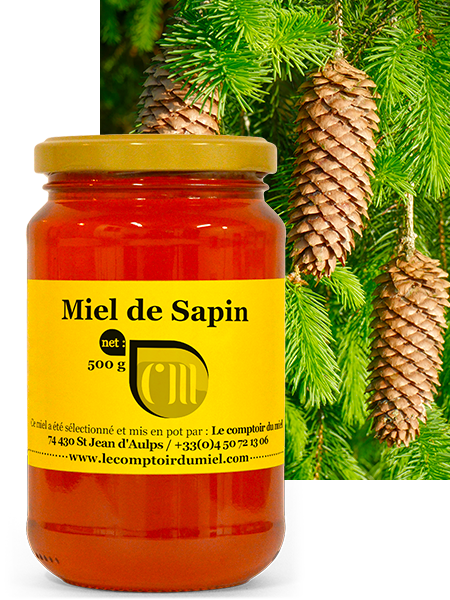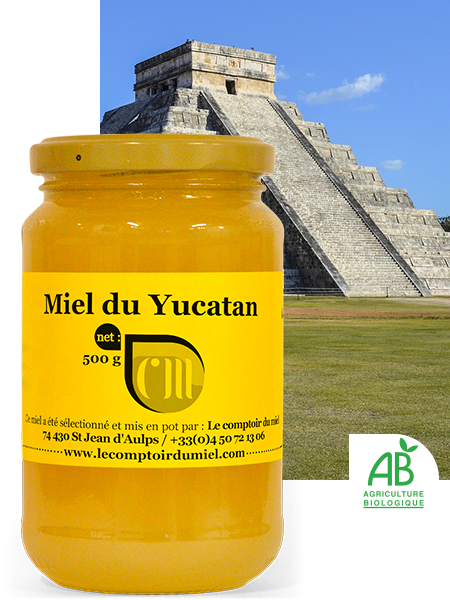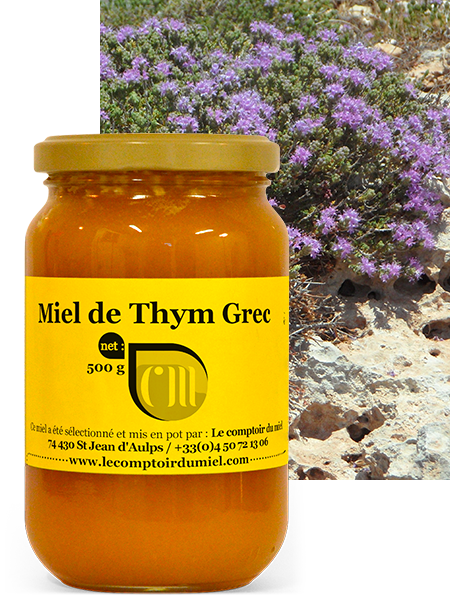The carob tree is a Mediterranean fruit tree.
It is often found in the squares of southern Europe.
It is a tree that grows from five to seven metres in height and can exceptionally reach fifteen metres:
Sound trunk is large and twisted. The bark is brown and rough, and can reach several centuries, as attested by some individuals near Ragusa in Sicily.
The leaves, twelve to thirty centimeters long, alternate and evergreen, are oval-shaped and dark green in color.
The flowers, very small, male or female, rarely hermaphroditic, appear from August to October.
The fruits, known as “carobs”, are a type of pods are ten to thirty centimetres long and one-and-a-half to three centimetres wide. Initially green, they turn dark brown as they mature, in July of the following year.
They are curved, tough, thick andindiscernible. The Carob seeds are brown, flattened ovoid, biconvex and very hard. They are separated from each other by pulpy partitions. They are numerous, with fifteen to twenty per pod! The pale yellow pulp contained in the pods is floury and sweet when ripe. It is edible and tastes of chocolate.
In Germany, roasted carob seeds are used as a substitute for coffee. The seeds can also be sucked like candy.
The taste and smell of Carob honey:
Carob honey has warm chocolate notes. The taste of cocoa is recognizable. It’s a favorite with young and old alike. This honey keeps very well.
The properties of Carob honey :
Carob honey is reputed to regulate intestinal transit. It is said to act on constipation and diarrhea. In short, this is a honey with multiple benefits.
Did you know?
In ancient times, seeds were used as a unit of measurement. An ancient legend had it that their mass was regular, but a study has disproved this! Their name is also the origin of the carat (borrowed from the Arabic “qirât”), which represented the mass of a carob seed in the gem trade.
Today, the carat is still used as a unit of mass: 1 carat of diamond represents the diameter and mass of a stone cut in the right proportions for a round brilliant-cut diamond with 57 facets and a diameter of 6.4 mm.




Reviews
There are no reviews yet.